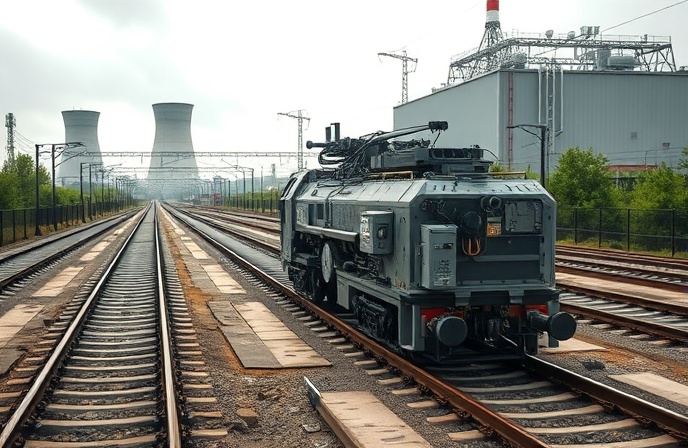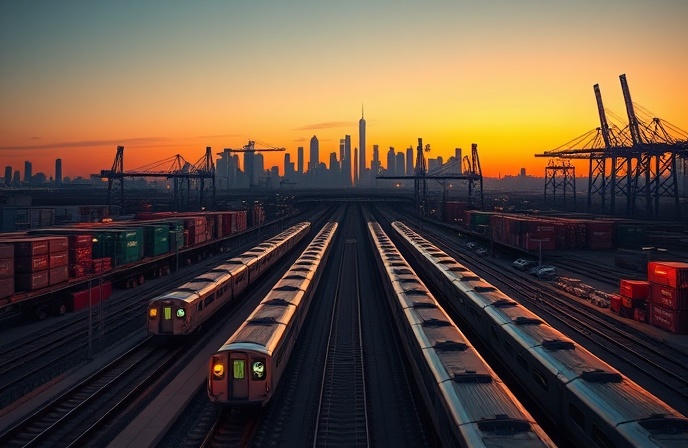EN 15427 – Part 1-2: Equipment and Application – Top of Rail materials standard

EN 15427 – Part 1-2 is a widely recognized standard in the railway industry that focuses on the equipment and application of top of rail materials. This standard provides essential guidelines for engineers and technical personnel involved in railway infrastructure maintenance, ensuring the selection and use of appropriate materials for the top surface of rails.
1. Purpose and Scope:
EN 15427 – Part 1-2 sets out the requirements for top of rail materials used in railway tracks, including the assessment methods for their suitability. It covers aspects such as mechanical properties, durability, friction, electrical conductivity, resistance to wear, and environmental performance. The primary objective is to ensure safe and efficient rail operations by establishing standards for these critical materials.
2. Material Specifications:
The standard specifies the material characteristics and performance criteria for top of rail materials, which include friction modifiers, lubricants, and coatings. These materials aim to reduce frictional forces between the rail and wheel interface, minimize wear, and improve energy efficiency. Specific requirements are outlined to address factors like temperature variations, contamination, moisture resistance, and long-term performance.
3. Testing Methods:
EN 15427 – Part 1-2 defines the testing procedures to assess the conformity and performance of top of rail materials. Various laboratory tests measure parameters such as coefficient of friction, adhesion, wear resistance, hardness, and electrical conductivity. These tests help evaluate the quality and behavior of materials under different operational conditions, ensuring their reliability and effectiveness.
4. Application and Benefits:
In summary, EN 15427 – Part 1-2 is a crucial standard for the railway industry, specifically addressing the equipment and application of top of rail materials. It provides comprehensive guidelines for selecting, testing, and utilizing appropriate materials to ensure optimal rail performance. By adhering to this standard, professionals can enhance safety, efficiency, and longevity within railway infrastructure.
For detailed information on EN 15427 – Part 1-2: Equipment and Application – Top of Rail materials standard, you can refer to the official documentation available in PDF format on relevant platforms. Downloading this document will enable you to gain in-depth knowledge and stay up-to-date with the latest requirements and advancements in top of rail materials.
Remember, staying informed about standards and employing approved practices is essential for maintaining high-quality railway infrastructure.






